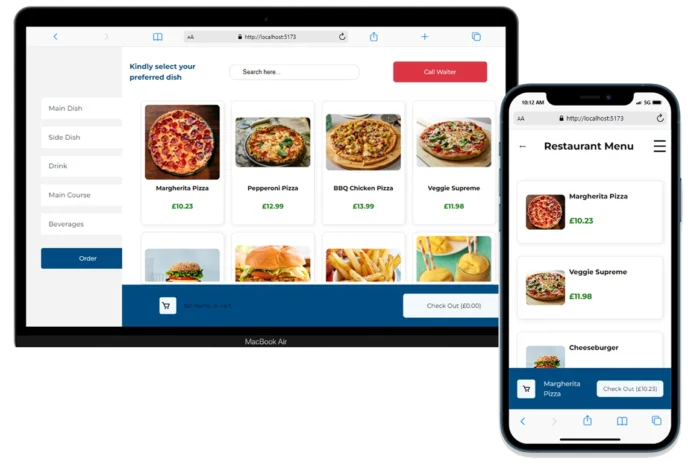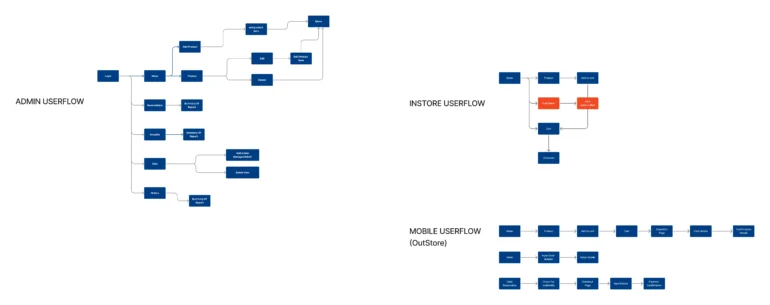Table-Side Digital Menu and Ordering System

Case Study
Imagine visiting a prestigious restaurant, placing your order, and patiently waiting for your meal only to find out that the order has been prepared incorrectly. After all the time and effort spent, both by you and the kitchen staff, the outcome is a disappointing experience. I began to wonder why such errors happen and how a solution could be developed to prevent them. This kind of mistake is a loss for both the customer and the restaurant: I lost valuable time, the kitchen wasted ingredients, and overall satisfaction declined.
Now, consider another scenario arriving at the same high-end restaurant only to find that there are no available seats for you to enjoy your meal or dine with friends or family. These experiences highlight the need for an efficient system, which led to the development of this software solution.
Project Aim & Objective
- Development of a web-based digital menu application that allows viewing of items with description, image and price.
- A Self-Service Ordering System that will allow customers to make orders directly without any interaction.
- A table reservation system where customers can reserve tables
- Development of a system which will allow admins to update prices of items in real time.
- Development of a system that allows customers to track their orders in real time.
Research & Insights
Customers want speed, clarity, and trust in ordering.
Restaurants want efficiency and reduced errors.
Adoption barriers: tech literacy, internet reliability.
Design Process
Discovery & Requirements Gathering – understanding restaurant needs.
Information Architecture – defining user flows (customer → order → payment → confirmation).
Wireframes & Prototyping – low-fi sketches to high-fi UI in Figma.
Visual Design – clean, intuitive, mobile-first interface.
Testing & Iteration – feedback from mock users.
Tools

User flow

Impact
Streamlined the ordering process.
Reduced order errors through digital entry.
Improved customer satisfaction (speed + convenience).
Demonstrated scalability for restaurants of different sizes.
